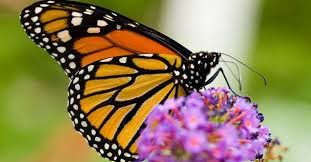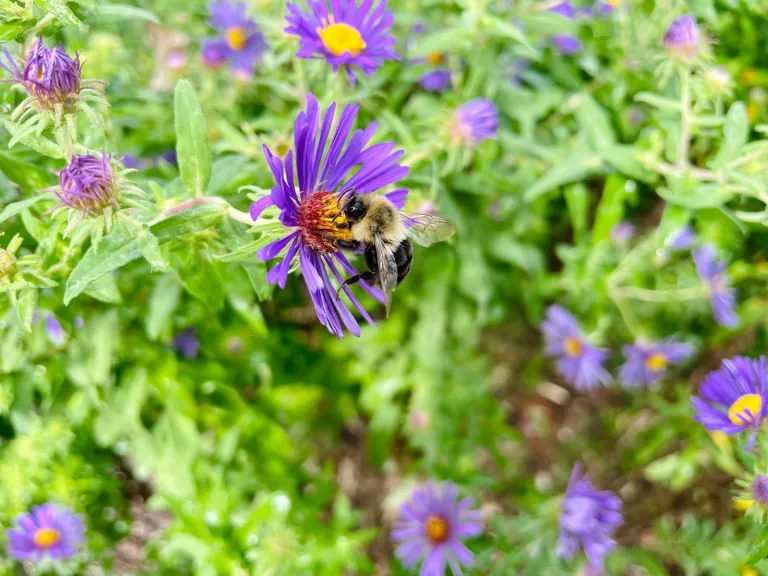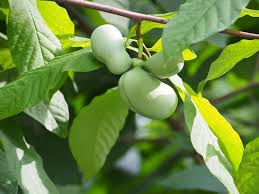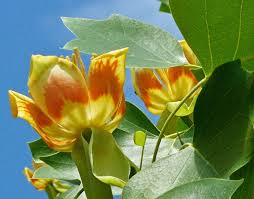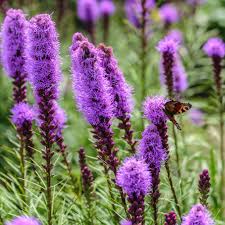In Defense of The Monarch Butterfly
Each summer, the sight of Monarch butterflies fluttering across the native prairie in the Children’s Garden never fails to captivate me. Their vibrant colors draw my attention, often prompting me to pause my work and admire their graceful dance.
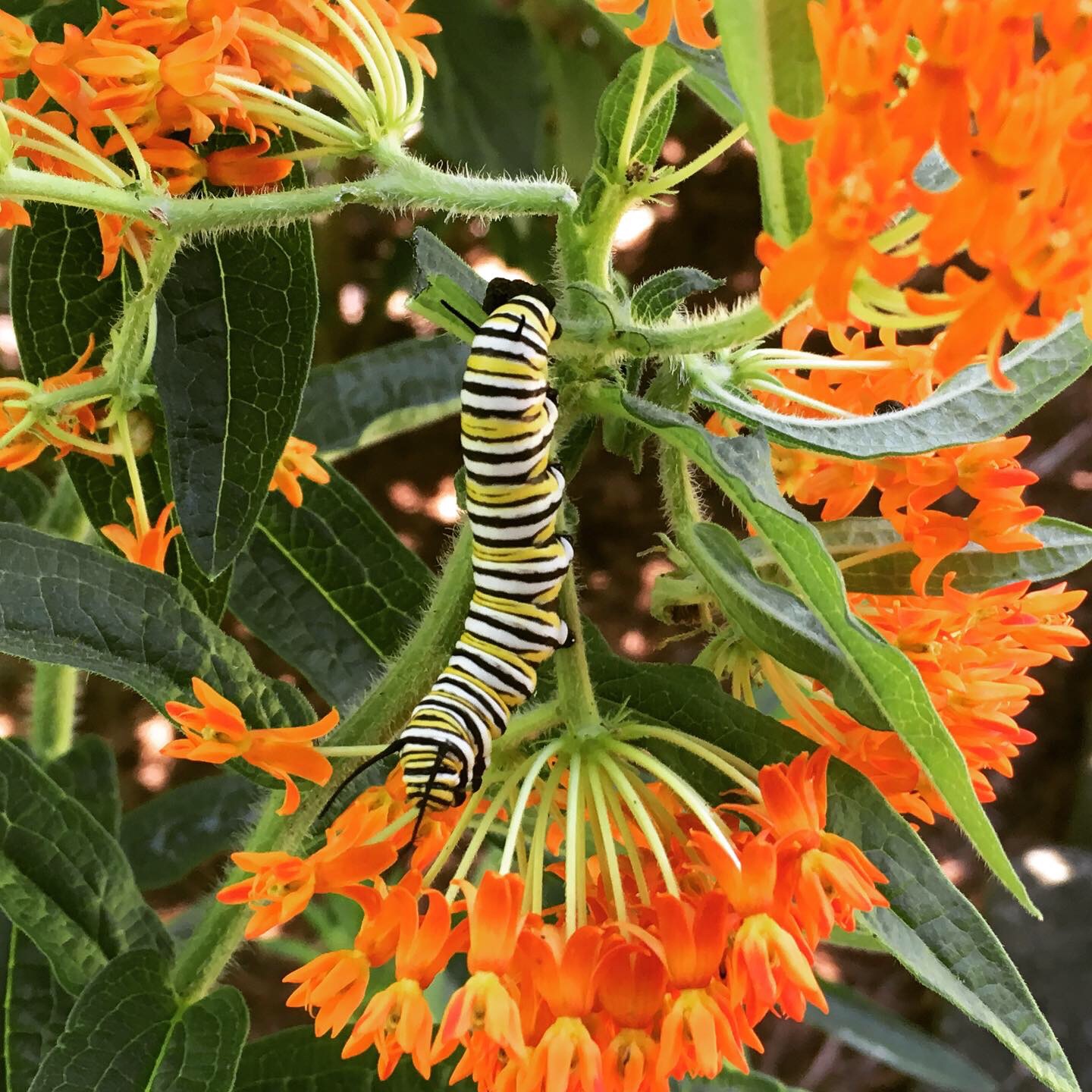
Recently, the North American migratory Monarch butterfly (Danaus plexippus) was added to the International Union for Conservation of Nature (IUCN) Red list of endangered species. While many are aware of this designation, few understand the underlying causes and necessary changes to mitigate the decline of not only the Monarch butterfly but also the broader beneficial insect population.
The North American Migratory Monarch, renowned for its brilliant orange hue and annual migration, embarks on a remarkable journey spanning nearly 3000 miles—from the Northern United States and Southern Canada in the summer to Mexico and California in the winter. Despite experiencing 4-5 generations each year, it’s the final generation that undertakes the epic migration.

When discussing the alarming decline in their population, the refrain often heard is “plant more milkweed.” Milkweed of the genus Asclepias plays a pivotal role in the Monarch butterfly’s life cycle and is a tangible cause worth supporting. Monarchs and milkweed share a symbiotic relationship: milkweed serves as the sole host plant and food source for Monarch caterpillars, while adult butterflies pollinate the milkweed. Moreover, milkweed contains cardiac glycosides, chemical compounds toxic to many birds and mammals. When Monarch larvae consume milkweed, they absorb these compounds, rendering them toxic to potential predators. While female Monarchs lay eggs on several milkweed species, they favor Swamp milkweed (Asclepias incarnata) and Common milkweed (Asclepias syriaca).
However, the conversation surrounding Monarchs should not end with milkweed alone. It’s essential to recognize that milkweed is just one component of the broader picture of what Monarchs require to thrive once again.
Beyond their host plants, Monarchs rely on nectar-producing flora, as well as habitats providing food and shelter for adult butterflies and native plant communities to thrive. While milkweed is vital, it constitutes just one aspect of their life cycle. The expansion of industrial agriculture and the prevalence of monoculture farming have led to the depletion of native prairies, critical sources of sustenance and refuge for Monarchs and various other wildlife.
The depletion of Fir trees in Mexico’s oyamel forest, where Monarchs overwinter, has exacerbated habitat loss and population decline. Moreover, the escalating use of herbicides and pesticides in agricultural settings has coincided with the Monarchs’ dwindling numbers.
Climate change stands out as a primary contributor to the Monarchs’ decline. These butterflies rely on temperature cues for their migration patterns. However, rising temperatures have delayed their southward migration in autumn. Consequently, when temperatures eventually drop to trigger migration, the Midwest becomes too cold, resulting in significant casualties along their journey. Furthermore, climate change has heightened the frequency of extreme weather events like droughts and wildfires, further threatening Monarch populations.
It’s crucial to care about the decline of Monarchs because they serve as symbolic pollinators, indicating potential declines in other vital pollinator species. Their captivating beauty and remarkable migration patterns inspire curiosity and a deeper connection to the natural world. As stewards of this planet, we’re not separate from it but integral to its intricate web of life. Our well-being is intricately linked to the health of ecosystems.
When we witness disruptions in the delicate balance of nature, largely caused by human activities, it’s our responsibility to take action. We must educate ourselves, implement changes, and minimize our impact on the environment. Embracing stewardship and compassion towards the ecosystems we depend on is imperative.
So, while planting milkweed is important, it’s just a starting point. We should also familiarize ourselves with various milkweed and nectar sources for Monarchs, expanding our efforts beyond just one plant species. Furthermore, reducing excessive mowing and pesticide use while advocating for the preservation and restoration of natural habitats, such as prairies, is crucial.
Ultimately, preserving species like the Monarch requires us to make sacrifices and embrace inconvenience. It’s a collective effort to ensure the continued coexistence of diverse life forms on this planet.

